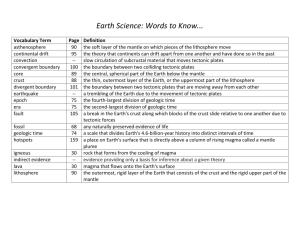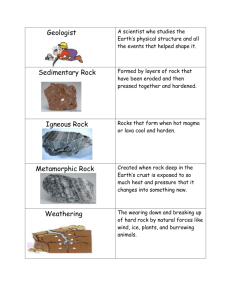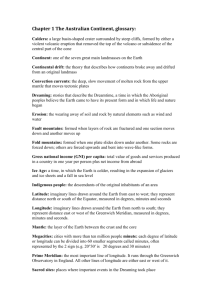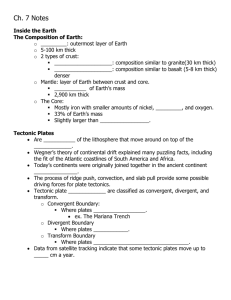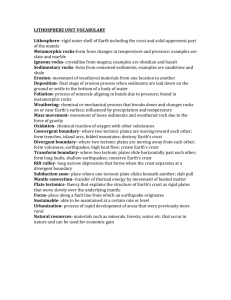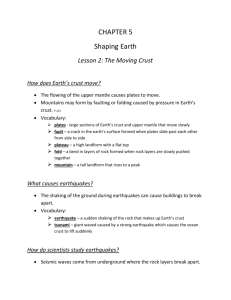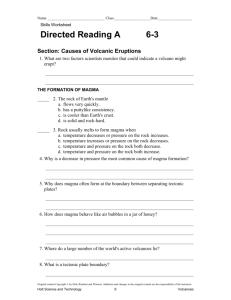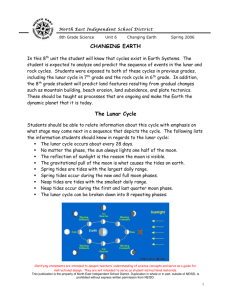earth science words and pictures
advertisement
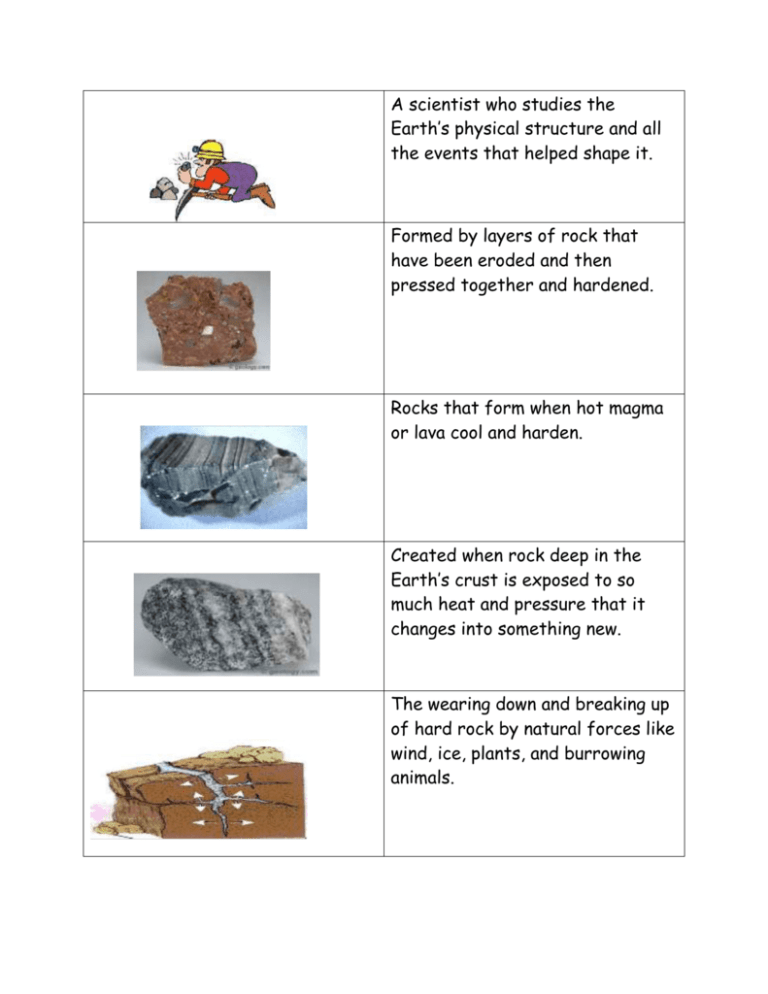
A scientist who studies the Earth’s physical structure and all the events that helped shape it. Formed by layers of rock that have been eroded and then pressed together and hardened. Rocks that form when hot magma or lava cool and harden. Created when rock deep in the Earth’s crust is exposed to so much heat and pressure that it changes into something new. The wearing down and breaking up of hard rock by natural forces like wind, ice, plants, and burrowing animals. The movement of rocks and soil from one place to another by the forces of gravity, water, ice, or wind. The process by which sediment which has been transported by natural forces like wind, water, ice, and gravity, is dropped or finally deposited somewhere on Earth’s surface. A place where the Earth’s tectonic plates are moving away from each other. A place where the Earth’s tectonic plates push against each other. A place where the Earth’s tectonic plates slide alongside each other. Solid, pure substances that can be found in the Earth’s crust. Every rock on Earth is made of a combination of different minerals. The continuous process by which new rock is made and old rock is destroyed or changed from one form to another. The three forms of rock are Metamorphic, Sedimentary, and Igneous. The small particles of weathered rock carried away by wind and water. Sediment also can come from decomposed plants and animals that have drifted down to the bottom of a body of water. A vent in the Earth’s crust through which magma, steam, and ash are violently expelled. Molten rock below or within the Earth’s crust. When magma erupts onto the Earth’s surface, it is called lava. Magma that has erupted from a volcano or a fissure in the Earth’s crust. A huge surge of water caused by earthquakes or volcanic eruptions under the sea. As the tsunami approaches a coastline, the large mass of water rushing ashore is so powerful it destroys everything in its path. Used to measure the amount of energy released by an earthquake Machine that can detect released energy (earthquakes) thousands of miles away. A break in the Earth’s crust that results in the ground moving along the line of the break. The location on the surface of the Earth directly above where an earthquake starts. The preserved remains of an animal, plant, or other organism from some past geological or prehistoric time. The upper layer of the earth on which we live. The crust is broken into pieces called tectonic plates that float on the next layer – the mantle. The thickest layer of the Earth, directly under the crust. It is composed of very hot, dense rock on which the tectonic plates float. The center of the Earth. It’s outer and inner cores are composed mostly of iron and nickel. The outer core is fluid and the inner core is solid. Parts of the Earth’s crust that rest on the very dense, hot rock of the mantle. As they float around, the plates can pull apart at a divergent boundary, slide next to each other at a transform boundary, or move toward each other at a convergent boundary. The violent shaking of the Earth that occurs when a tectonic plate snaps.

